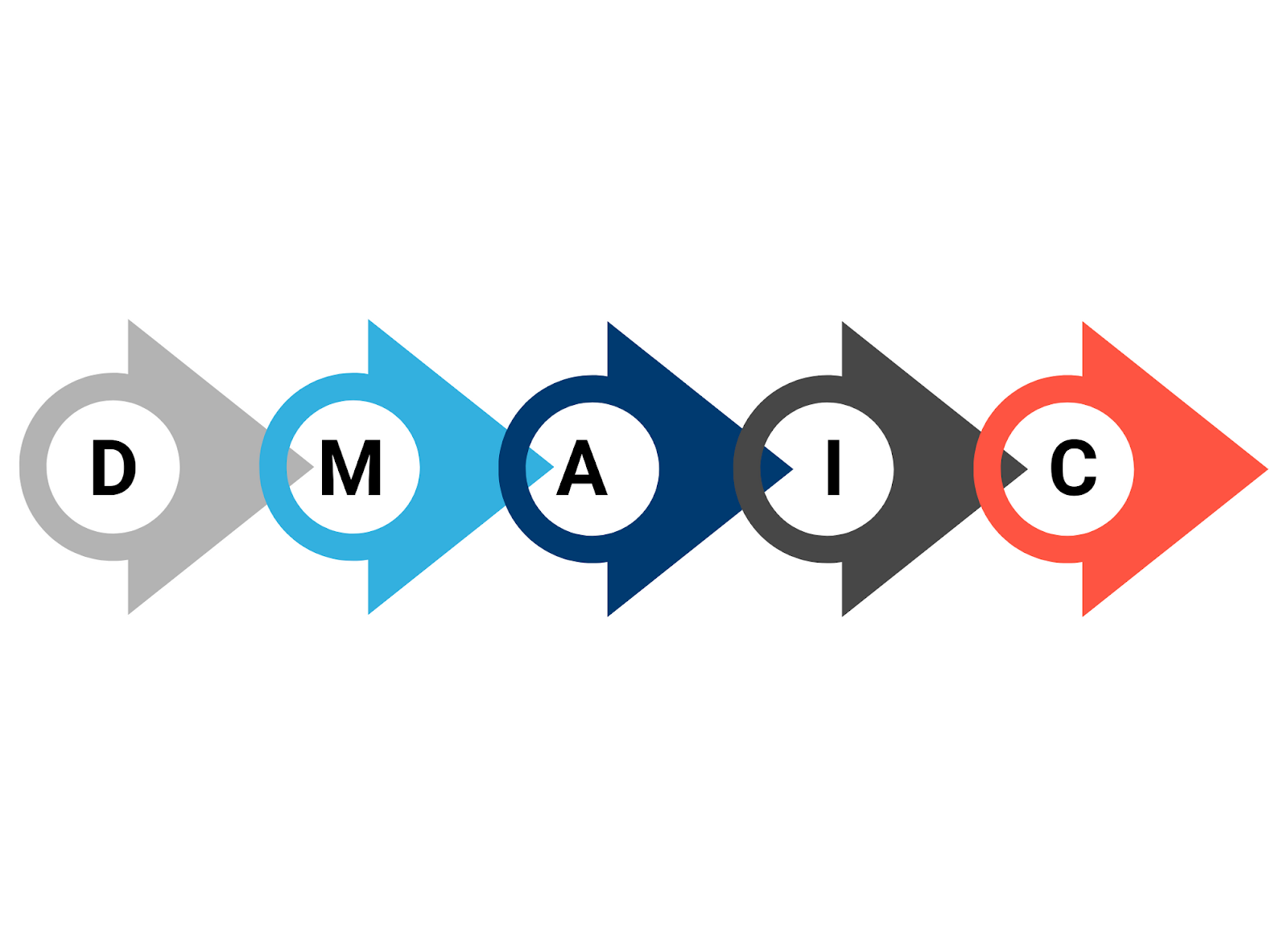From its intellectual roots in the teaching, practice, and vision of Socrates 2,500 years ago, critical thinking is an essential part of life. Critical thinking is the ability to interpret, analyze, evaluate, explain, and find results in uncertain situations. It is about being an active learner rather than a passive recipient of information. In essence, critical thinking requires you to use your ability to reason. And now, more than ever, the world is far less certain than it has felt in a long time. Whether in our personal or professional lives, we often need to solve problems and make decisions in ambiguous situations.
Critical Gap
Critical thinkers identify, analyze, and solve problems systematically rather than by intuition or instinct. Unfortunately, there is a critical thinking gap in the United States, and it comes from more than just a lack of learning. According to an article in Forbes, “The Case For Critical Thinking: The COVID-19 Pandemic And An Urgent Call To Close The Critical Thinking Gap In Education,” futurist Alvin Toffler discussed the gap in a different way.
The illiterate of the 21st century will not be those who cannot read and write. It will be those who cannot learn, unlearn, and relearn.
Now, More Than Ever
Just a few short months ago, we were informed that the world’s worst health crisis since 1917 was headed to dominate the globe. Hospitals, schools, grocery stores, manufacturers, and many others were faced with unprecedented uncertainty. To prepare, hospitals reorganized their facilities and staff to test for and treat COVID-19, schools shut down and opened up a new wave of virtual learning, stores opened up curbside pickup and delivery, and offices sent their employees home to work. Every one of these solutions is an example of critical thinking in action.
However, there are still numerous challenges that organizations have yet to find a solution for. An example is an insurance company seeking to create a ‘touchless’ experience for its members and associates to purchase, renew, or make changes to insurance policies. Or a medical clinic whose referral process needs to be revamped to improve patient experience and reduce costs. Each of these scenarios requires critical thinking to identify, analyze, and solve them systematically rather than by intuition or instinct.
Whether addressing challenges stemming from COVID-19, improving operations, increasing value for customers, or reducing costs, organizations have an even stronger need for critical thinking now and into the future.
How to Advance Your Critical Thinking
To thrive professionally and personally, you will need to be able to think with a critical eye. Employers value it as a key skill, and our world calls on you to solve complex problems that won’t have readily available or visible answers.
While critical thinking is a skill that comes easier for some than others, everyone can hone their skills further. A great way to build critical thinking skills is to pursue a Lean Six Sigma certification such as Yellow Belt, Green Belt, or Black Belt.
Lean Six Sigma is a fact-based, data-driven philosophy of improvement that drives customer satisfaction and bottom-line results by reducing variation, waste, and cycle time. It values defect/error prevention over defect/error detection while promoting the use of work standardization and flow, thereby creating a competitive advantage. It applies to any type of organization anywhere variation and waste exist.
Lean Six Sigma teaches a standard and repeatable methodology to improve processes called DMAIC — short for Define, Measure, Analyze, Improve, and Control. This methodology helps individuals and organizations identify a problem, evaluate the magnitude of the problem, analyze root causes, implement solutions, and interpret results and benefits. An overview of the DMAIC process:
- Define — identify and scope the problem, specify metrics and project goals, define the customer(s) and stakeholder(s), establish the team, and describe the process.
- Measure — develop a data-based baseline of current process performance and illustrate the process in detail.
- Analyze — apply qualitative and quantitative methods to uncover and prioritize root causes contributing to the problem.
- Improve — generate, select, and implement solutions to address the root cause.
- Control — objectively evaluate improvement results and establish mechanisms to sustain improvements.
Whether your organization is formally applying continuous improvement methods such as Lean Six Sigma or not, developing people in these skills naturally improves critical thinking amongst individuals and teams.
Willingness to allow your team to take the lead in these instances requires a certain mindset and shift in leadership. While it may feel uncomfortable giving the team an open door for ideas and solutions, leaders need to shed stereotypes of what they should do, and understand that what a team could do is even better. Giving your team the freedom to make suggestions in these rapidly changing times provides them with the confidence to think critically without giving them a solution.
Critical thinking skills are essential in navigating this uncharted territory with no sign of certainty of what is to come in our near or far futures.
Resources — ASQ, Forbes, Insight Assessment, Psychology Today

